info@societyforclassicallearning.org
Regional Office: 3400 Brook Road, Richmond, VA 23227
Office Hours: MON-FRI 9-4 Ct
© 2024 Society for Classical Learning. All Rights Reserved.
GOOD Agency | Streamlined Digital Expertise
Full Service Marketing ✦ Websites ✦ Video Production
EARLY BIRD ENDS MAY 1ST
Summer Conference 2024 - National Harbor, Maryland
Join us for a gathering of classical Christian educators from around the world as we consider what it means to build school communities and welcome the outside through biblical hospitality.
As a member, you receive access to all of the most recent summer conference content, including 80+ workshops, plenary speakers, etc., plus access to the full library of past content.

Ensure increased visibility for your school by having it listed on the Find a School Map, connecting you with potential students and families seeking a classical Christian learning environment.

Unlock a wealth of exclusive resources, such as research studies and articles, providing valuable insights and knowledge for your school's continuous improvement.
Enable your school to easily post job openings and attract qualified candidates with the Career Center, simplifying the hiring process.
Enjoy exclusive discounts on all SCL events and services, empowering you to access valuable resources and opportunities for your school's growth at a more affordable cost.
Get access to exclusive cohorts and workshops!

SCL conducts school-wide surveys to provide relevant information to the classical Christian community as well as access to in-depth research with partner organizations like the Barna Group.

A connected community of classical Christian thought leaders, including heads of school, board members, marketing and admissions directors, development and fundraising directors, academic deans, grammar and upper school heads, and teachers from all grade levels are here to support and encourage one another.
Member-exclusive Coaching Call sessions. 15-20 online sessions each year from key-thought leaders on topics ranging from legal and operational issues to pedagogical and philosophical discussions. Think of it as a mini-conference each month!
Gain new insight, knowledge, and skills around best practices in a short, intensive format with workshops or a year-long mentorship experience with cohorts. Designed for administrators, teachers, parents, leaders, and department heads – anyone seeking to learn and grow in their role.
Our network of seasoned professionals is available to navigate your questions and brainstorm solutions with you. Let us know how you want to direct your time and we will pair you with the senior leader that best suits your school’s unique needs.


